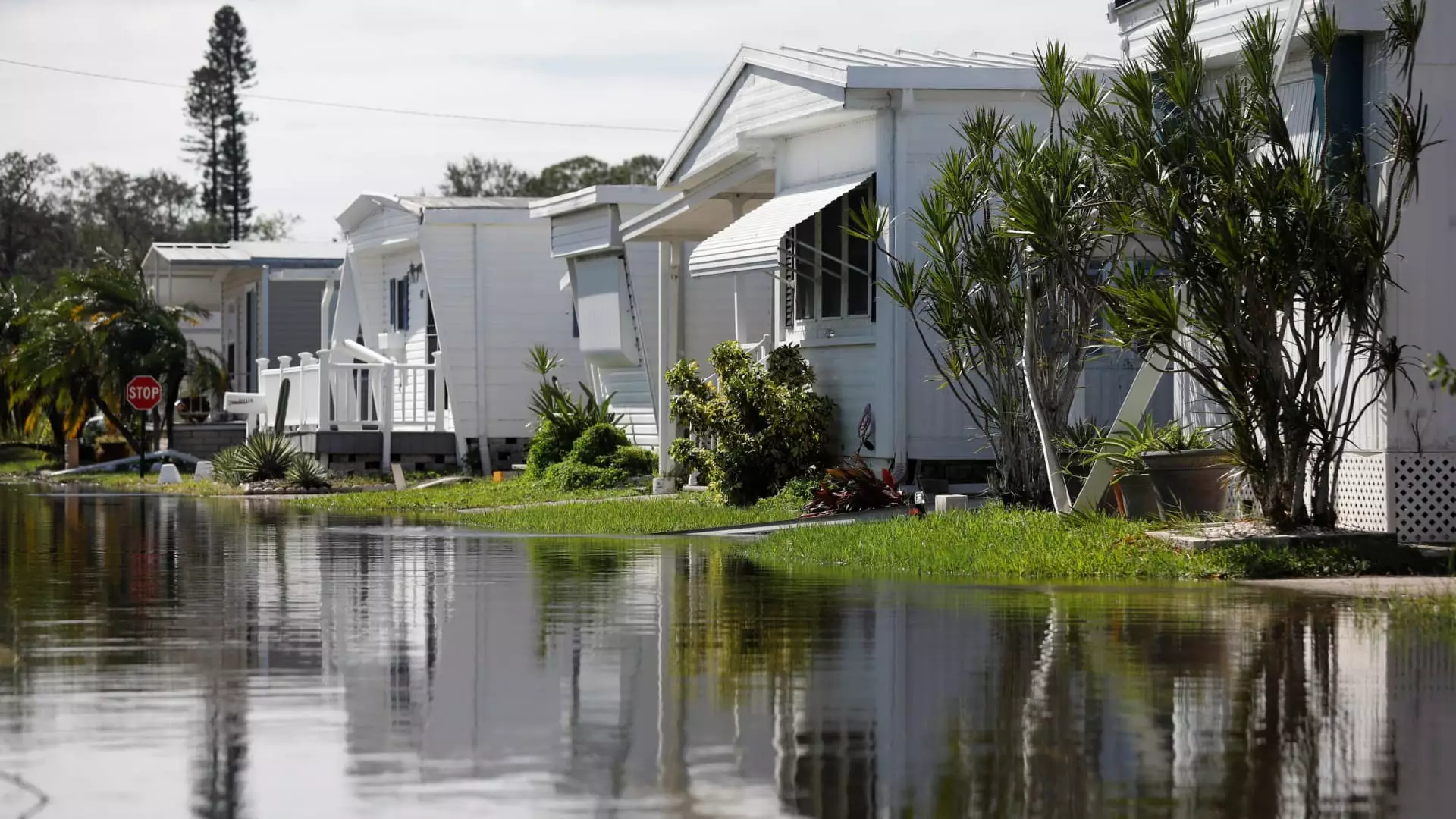Natural disasters have become an all-too-frequent occurrence in recent years, leaving many individuals and families scrambling to find immediate shelter in their most vulnerable moments. The aftermath can be overwhelming, especially when homes are rendered temporarily uninhabitable due to unforeseen circumstances like hurricanes, fire damage, or flooding. Fortunately, for those covered by homeowners or renters insurance policies, there exists a provision intended to alleviate some of the financial strain—known as “loss of use” or “additional living expenses” coverage.
Loss of use coverage is a critical component often embedded in homeowners and renters insurance. This provision is designed to assist policyholders by covering reasonable living expenses incurred during the time when their residence is not livable due to specific peril outlined in the policy. Generally, covered events include hurricanes, floods, fire, or significant property damage due to events such as burst pipes. It is estimated that insured losses from recent hurricanes can reach staggering sums, exemplifying the urgent need for this coverage. For instance, CoreLogic estimates that insured wind and flood damage from Hurricane Helene is around $17.5 billion, while losses from Hurricane Milton could soar between $30 billion to $60 billion.
According to Karl Susman, a principal insurance agent, very few homeowners’ policies lack this provision. Typically, loss of use coverage amounts to roughly 20% of the dwelling coverage limit. Therefore, if a homeowner has $100,000 in dwelling coverage, they will also have approximately $20,000 dedicated to additional living expenses. This fund can be pivotal for families forced to secure temporary accommodations while their homes are under repair.
Understanding what constitutes “reasonable living expenses” is crucial for policyholders seeking to navigate their situation effectively. Eligible expenses may include accommodation costs, such as hotel stays or temporary rentals, food expenses, and even costs associated with pet boarding or storage for personal items. For instance, during times of crisis, being able to secure a place to stay, along with provisions for meals, can make a significant difference.
That said, it’s vital for homeowners and renters to inquire about any potential limitations associated with their loss of use coverage. Insurance policies can vary widely, and some may impose specific dollar caps on particular types of expenses or have strict time constraints within which claims must be made.
While loss of use coverage is a beneficial short-term solution, it is essential to remember that it is not designed to be a long-lasting fix. Financial experts warn that this assistance is generally meant to support policyholders for a limited period, as the money provided may not be sufficient to cover prolonged housing needs. Jeremy Porter, an expert on climate implications at the First Street Foundation, points out that the required funds to maintain temporary living situations often exceed what loss of use coverage can provide, especially during peak periods after a disaster when housing options are scarce and costs inflate.
Furthermore, the claims process can be daunting. Individuals are encouraged to communicate proactively with their insurance providers to expedite claims related to loss of use coverage. Insurers may often facilitate a faster claims process, allowing for a more immediate disbursal of funds, which alleviates added stress when trying to find temporary housing.
It’s also worth noting that policyholders facing financial difficulties may not be limited to just their insurance coverage. Assistance can often be obtained from agencies like the Federal Emergency Management Agency (FEMA). Therefore, it is advisable to file a claim on insurance while simultaneously exploring available federal assistance options.
The mindset after experiencing such trauma should include proactive education about one’s insurance policy and available resources, allowing individuals to make informed decisions during critical times. The recovery process can be long-winded, and understanding coverage can aid in easing the transition, helping homeowners secure interim accommodations without sacrificing their financial stability.
While loss of use coverage serves as a valuable safeguard for homeowners and renters, awareness of its limitations and the landscape of available resources is fundamental for navigating the aftermath of a natural disaster. Knowledge is power, and understanding how to maximize coverage can significantly ease a family’s transition during challenging times.

